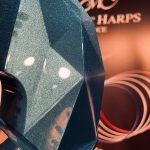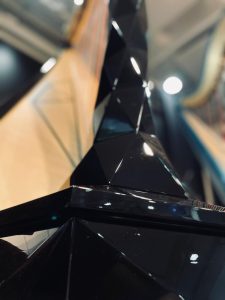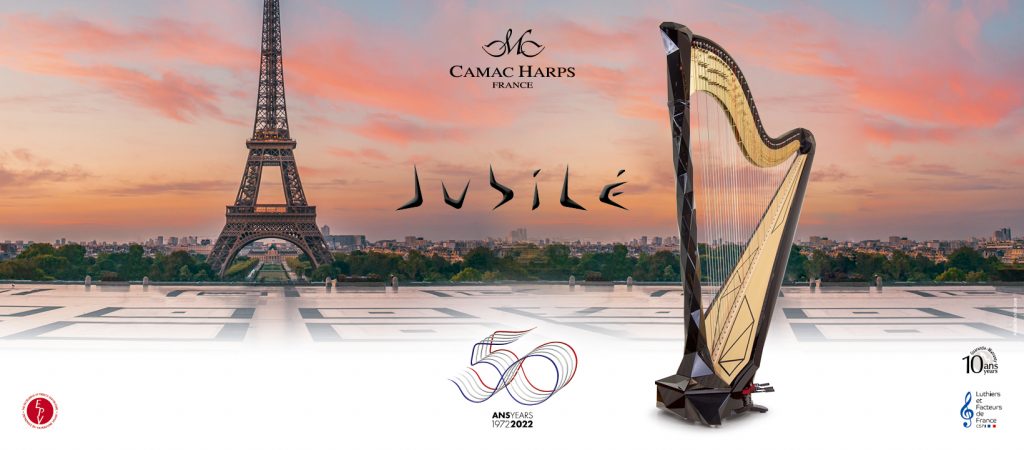Camac Blog
Behind the Design: Thomas Hourdain and the Camac Jubilé
Latest
October 20, 2022
“An art object that allows the user to express themselves, to do something good for themselves and for others – that’s design”
– Thomas Hourdain
Designer Thomas Hourdain believes in teamwork. From the very first sketches, his design of the Camac Jubilé has been a collective passion.
 “Jakez François had a vision of a design harp with facets,” Thomas Hourdain explains. “It was a wonderful challenge because we not only had to design the facets in 3D, but also combine them with the structural and production requirements of the harp. We did a lot of testing in my design collective in Lille, reviewing the state of the art in 3D modelling. Then we worked closely with the Camac R&D and production teams to match our design with the shapes the harp requires on the build side. It turned out to be a real team collaboration on an exceptional project.”
“Jakez François had a vision of a design harp with facets,” Thomas Hourdain explains. “It was a wonderful challenge because we not only had to design the facets in 3D, but also combine them with the structural and production requirements of the harp. We did a lot of testing in my design collective in Lille, reviewing the state of the art in 3D modelling. Then we worked closely with the Camac R&D and production teams to match our design with the shapes the harp requires on the build side. It turned out to be a real team collaboration on an exceptional project.”
In addition, it was important that the Jubilee be made as sustainably as possible. For Thomas Hourdain, design is first and foremost about the user – or users: “Musicians are users, the public is a user, and the craftsmen who make the harps are users. We also wanted the wood carvings to be recycled to the max, which I see as the material’s second life. In particular, I like the fact that this harp is of superb quality, built to last. It is the trace we leave behind us. It is taken up by the musician who, in playing it, takes pleasure and gives pleasure to others. For me, that’s the essence of design.”
 Based in Lille, Thomas Hourdain’s design collective also shares Camac Harps’ commitment to manufacturing in France. “Apart from the fact that domestic production is more sustainable, France has remarkable craft traditions” says Thomas. “We are proud to make our contribution to them. As the 21st century sees advances in production tools and techniques, musical instruments can be as modern as musical imagination itself.”
Based in Lille, Thomas Hourdain’s design collective also shares Camac Harps’ commitment to manufacturing in France. “Apart from the fact that domestic production is more sustainable, France has remarkable craft traditions” says Thomas. “We are proud to make our contribution to them. As the 21st century sees advances in production tools and techniques, musical instruments can be as modern as musical imagination itself.”


